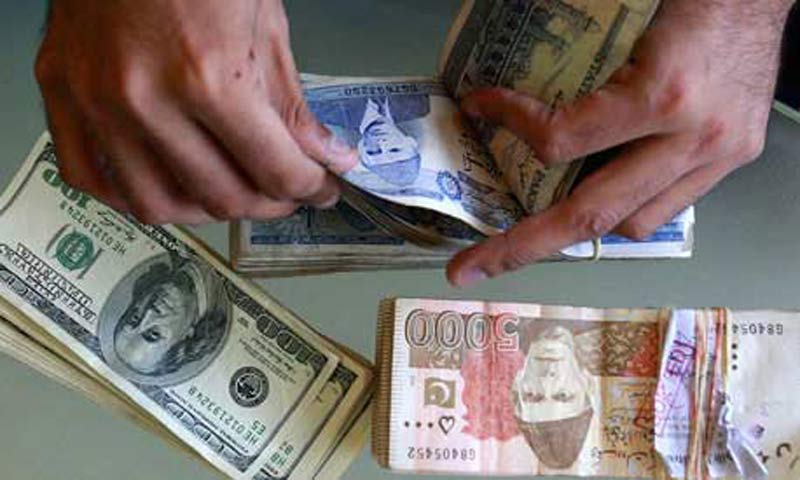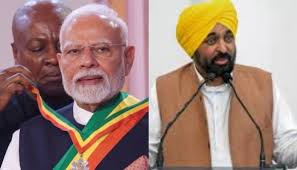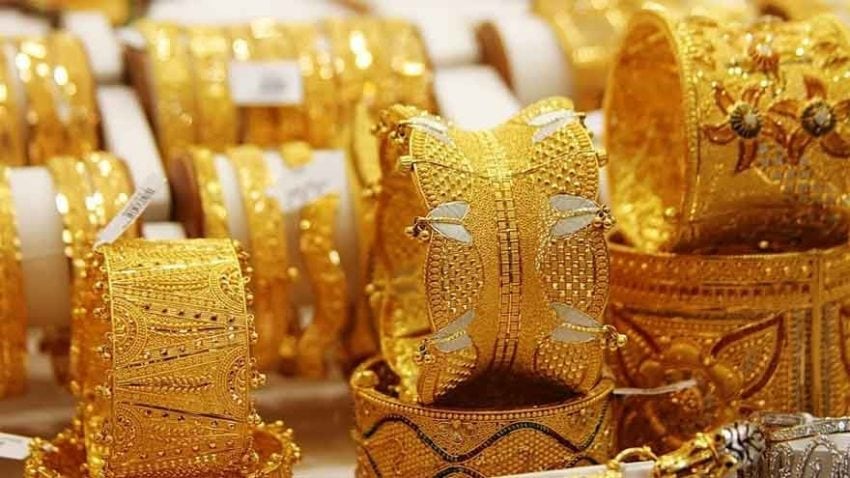Pakistani rupee’s free-fall-like depreciation against the US dollar between December 10 and 13, 2017 is a clear sign that the nation of 210 million people should brace itself for a challenging wave of inflation and price hike in immediate future.
Yet, the inevitable upward curve of inflation that is likely to be the most severe in perhaps three years, is just one aspect to look at the ‘rupee rout’ that the country is witnessing.
On the cold evening of December 5, Mr Asif Ali Zardari, the new-look dhamali co-chairperson of Pakistan People’s Party, did not only attempt to warm the hearts of his workers with his pathetically choreographed dance-like moves, but the ‘dollar-wise’ former president also made another temperate move too.
Sprinkling fuel on the fire of speculations of what then was an imminent devaluation of rupee, Mr Zardari suggested that he saw the actual price of the dollar to be in the range of Rs. 127 apiece, against the interbank rate of just over Rs. 105 that day. The apparent purpose was to highlight yet another inefficiency of the incumbent PML-N – the ruling party that Mr Zardari now seems to be all out against – and to suggest that the government in power is artificially keeping the price of rupee higher.
But those having a closer look at Pakistan’s economic affairs and financial landscape are well aware of the infamous Ayyan Ali’s recent episode. It is no secret who came to the model’s rescue when she was arrested on the accusation of attempting to launder some half a million dollars to Dubai. The whole nation noticed with interest some of Mr Zardari top legal aides taking up her case.
Let us assume it was on purely humanitarian grounds. Yet, if dollar moves from Rs. 105 rupees apiece to Rs. 127, as Mr Zardari wants, it would be useful for a common reader to be informed that the single shipment that Ms Ali was accused of possessing turns out to be 11 million more in rupee terms. And that was, we emphasize, just one shipment – as accused by FIA – an accusation yet to be proved the young heartthrob yet to be convicted, if at all.
There is a controversial history attached to the price of the dollar against rupee during the past four and a half years of tenure of PML-. Even before this government took power, in the last days of Mr Zardari’s presidency and before that his party’s premiership, the greenback was flirting around the 110 rupees mark.
Ishaq Dar – the on-leave absconder-declared finance minister announced that he will bring the price of the dollar to below 100 rupees, 98 to be exact. Bets and promises were exchanged. The likes of Sheikh Rashid announced to quit politics if Mr Dar succeeded. Succeed did Mr Dar, notwithstanding how, and managed the value of the dollar against rupee below 100 for a considerable period.
Nobody resigned. Nor does this nation expect people like Sheikh Rashid to be serious in such matters, at all.
The dollar, in the wake of stagnant exports and fast expanding import bill, started to move upwards and the equation stabilized around 104 to 105 for interbank market and 106 to 107 for an open market for around half of this government’s tenure.
Exporters, let us put it on record, have throughout this period have been complaining of an overpriced rupee and citing it to be the reason for lower exports volumes. History, however, shows that devaluation of rupees against the dollar has never had any meaningful upward impact on Pakistan’s exports. Imports, however, always became dearer, quite understandably so.
The hordes of self-styled analysts are linking this quick upsurge of the greenback with the recently concluded post-program evaluation of the International Monterey Fund (IMF). The Fund indeed is known all around the world for such ‘advice’. The State Bank of Pakistan (SBP) on its part is explaining that the rupee is ‘adjusting’ itself to the country’s economic indicators and market realities. A common Pakistani however is pondering: why is it happening when Mr Dar is not around and not expected to turn up anytime soon, if at all. Why is it happening when the term of the incumbent government is drawing to a close? And why is happening right at the time when oil prices in international market are rebounding – touching the $ 65 a barrel mark first time in three years?’
The nation-wide-known army of analysts hardly looks into such questions. The impeding impacts, however, are horrifying, to say the least. See it with the surging oil prices and it would not wrong to foresee a serious increase in inflation and prices of all items – especially those imported, in next few weeks. The first major jolt will be witnessed while the government adjusts prices of petroleum products from the first of January. And let us not forget that import bill – already expected to be in the range of $ 60 billion, almost three times of what the country exports – would cost us around 8-10% more now in rupee terms. A whole set of daily use items and even food is imported, is one of the hard realities.
Yet it is also a time for politicians like Mr Zardari to rejoice as the dollar has already crossed the mark where he left it in 2013, and for Sheikh Rashid too. Zardari’s ‘financial wisdom’ would also be established. Oil prices may also soon reach where these were, in 2013, on local pumps. And the claims of containing inflation on part of the ruling party are also going to be tested seriously, as the last days approach. In the absence of a full-time minister looking after the finance ministry, any good news for the government or the people on this front is less likely.














